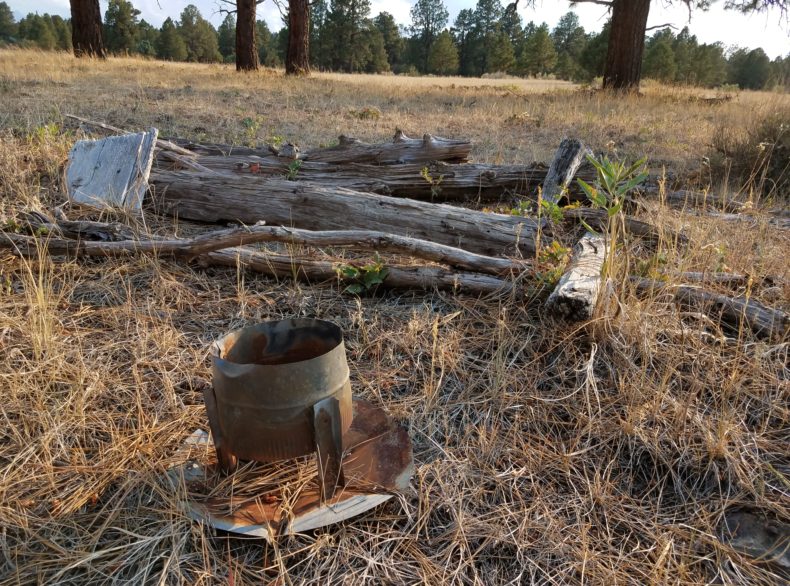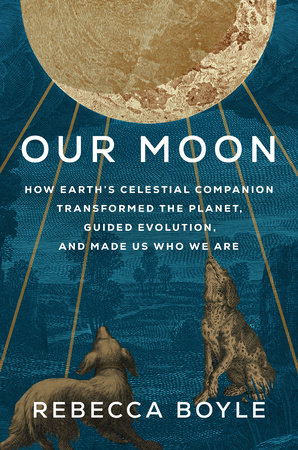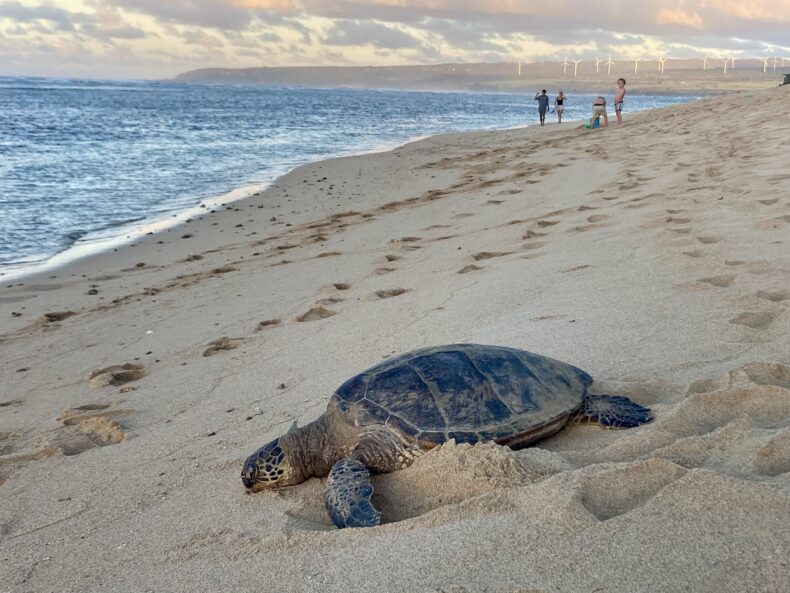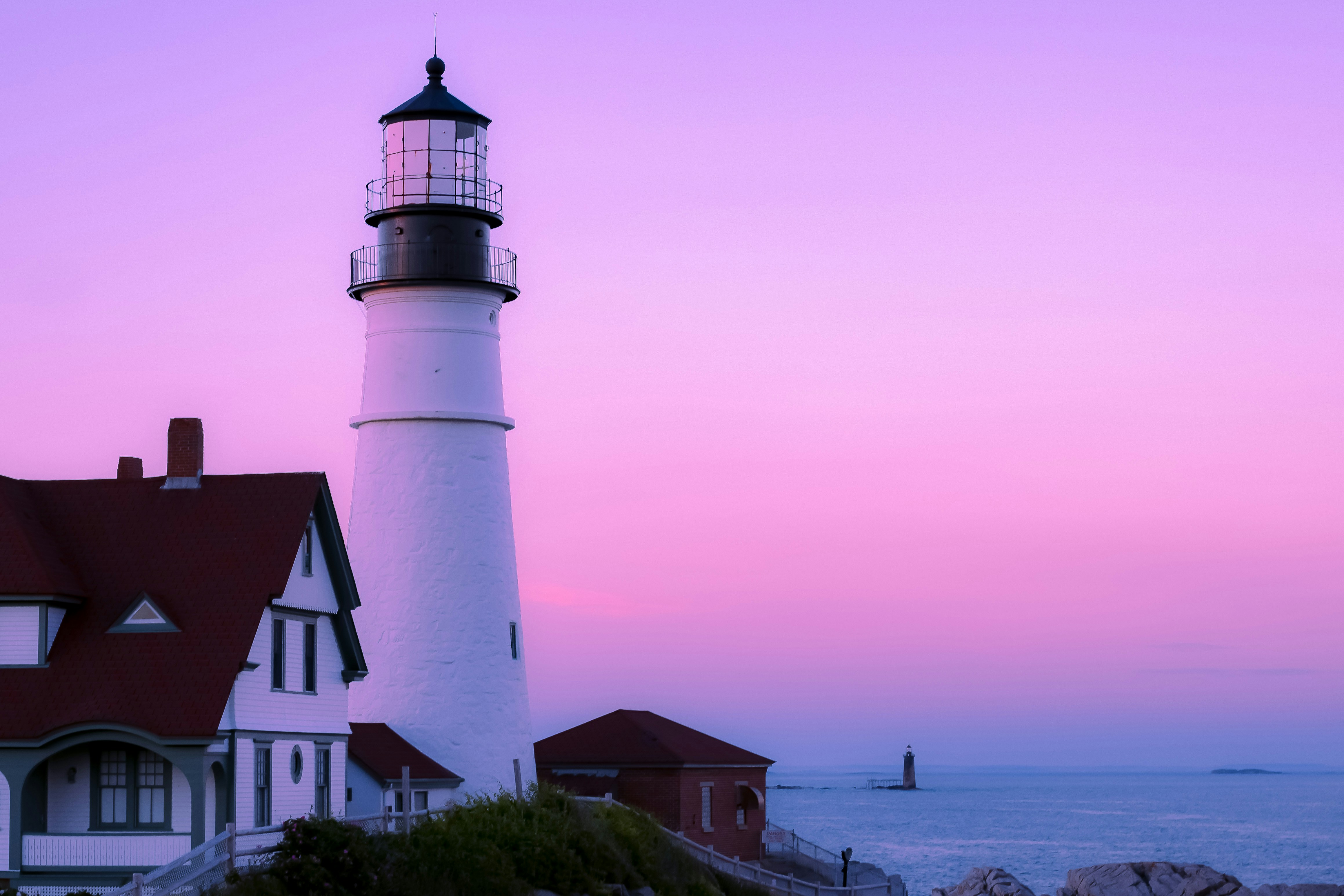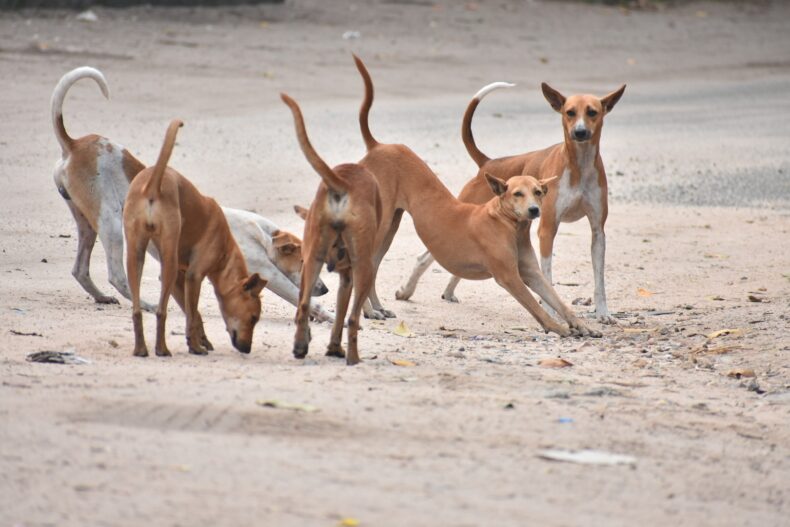
As I was researching and writing DOG SMART, trying to understand what it means to think like a dog and experience the world as a dog, I had an epiphany of sorts: Dogs around the world wandering the streets—the “village” dogs you are bound to see roaming here and there, often with a few pals, if you travel outside of the Western world—are living a legitimate life for dogs. In fact, I imagine they are very much like the proto-dog who, thousands of years ago, learned to tolerate our human ancestors just enough to take advantage of them and get what they needed (nibbles at the trash heap, maybe a handout or two, even shelter in an unseen corner of a dwelling) while staying at the periphery of the peopled spaces. Those becoming the most tolerant of their two-legged co-residents, of course, would have had the chance to be healthier and longer lived, with more successful reproduction, thus moving the needle on domestication and the pathway to our beloved pets.
So even if that pet life is luxurious by comparison, a dog’s life doesn’t have to be the one we provide. Why do we see those “unhomed” dogs’ experience as illegitimate, unacceptable, or just plain wrong? It looks hard, I’ll give us that, and it doesn’t match what we want for the animals, what we think they need. And street dogs can be problematic when they carry/spread disease or bite kids or displace wild animals. But those skinny, itchy, wary pups are, as I like to say, dogs uninterrupted, dogs doing all the things dogs want to do naturally with no one pulling them back. These are animals thinking for themselves and making choices, doing what they must to survive, rolling and humping and barking when the need arises or the mood strikes.
Continue reading